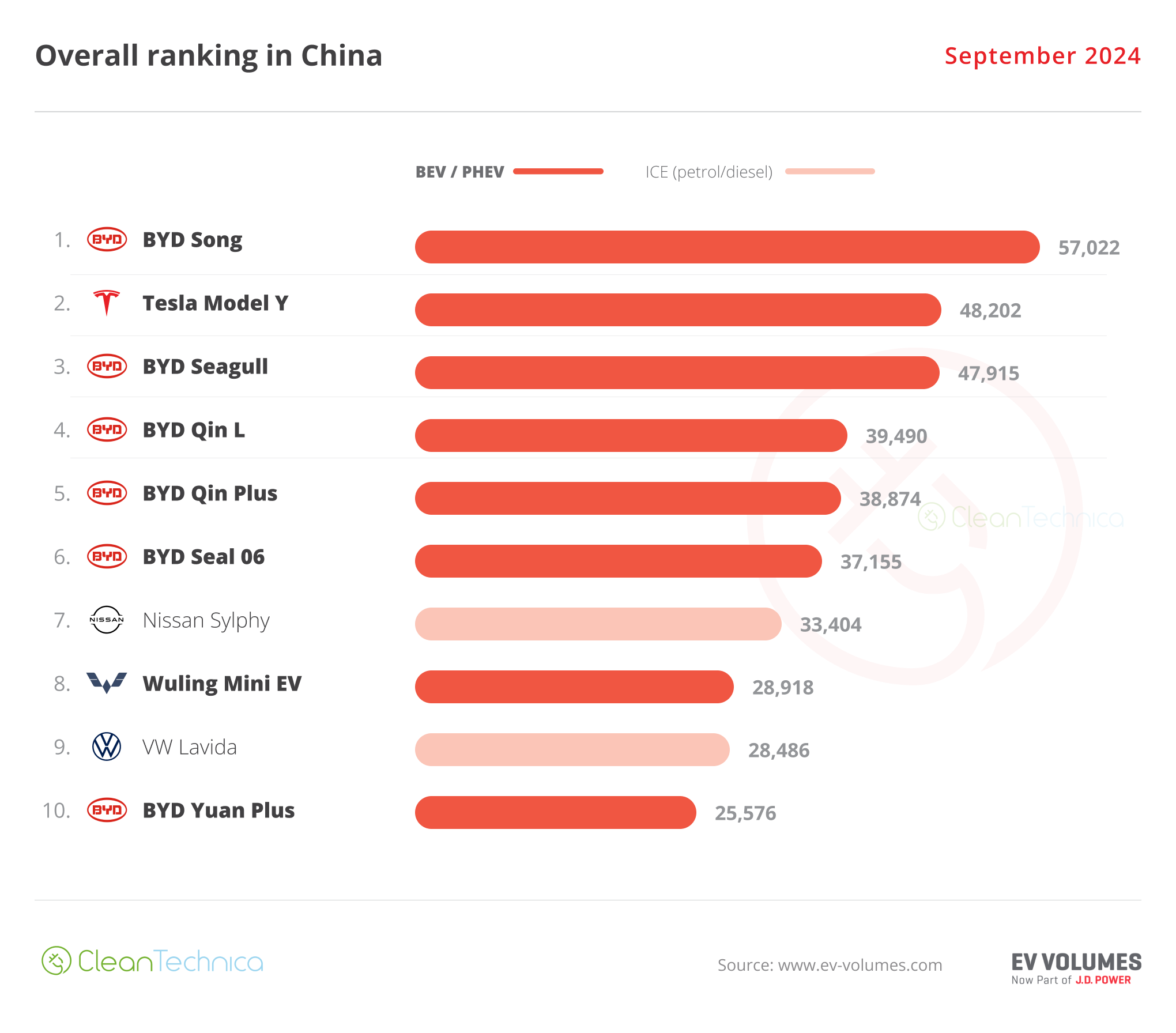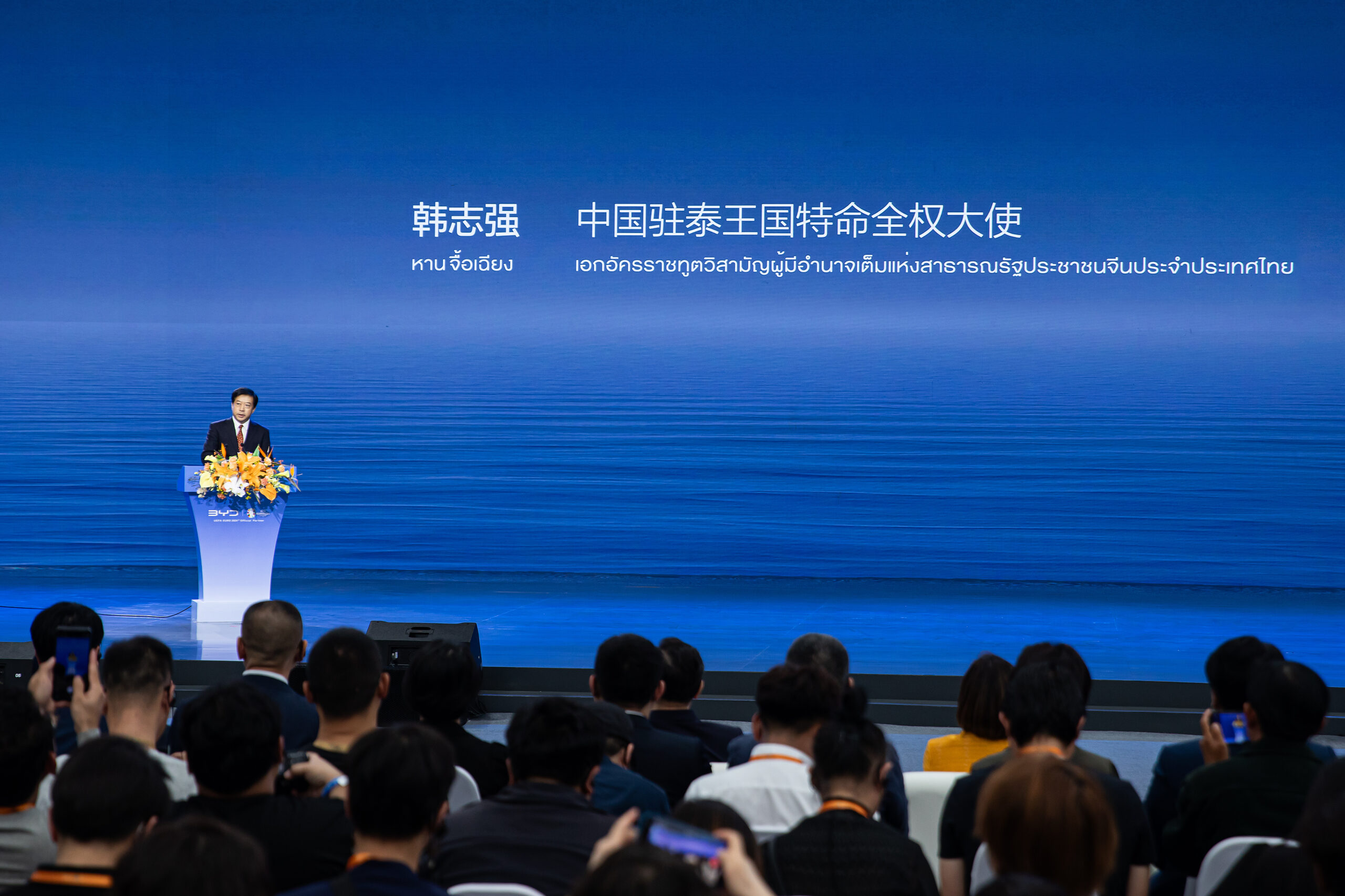Sign up for daily news updates from CleanTechnica on email. Or follow us on Google News!
Tracking and improving your own household’s carbon footprint is useful, because individual change adds up. As millions of people replace ICE vehicles with EVs, the overall impact becomes significant. Or, switching away from a car entirely and getting around with alternatives like biking, micromobility, and transit can have an even bigger personal impact to add to the stack.
But, no matter how many anti-carbon levers you pull in your family’s household, not all of the levers are in reach. Even the best, most vegan-friendly grocery stores still have plant-based food showing up in the back of diesel trucks. Many transit systems also show up at bus stops and train stations belching out nasty particulates.
While stories about the small EVs and e-bikes you might have in your own garage tend to be more popular, we still need to cover the larger, heavy duty EVs that make a difference further up the supply chain. In today’s HD EV roundup, we’ll briefly talk about two electric truck stories and one bus story that show us progress is being made to help every household become cleaner.
Jay Leno Drives Tesla’s Semi
Let’s start with a fun one from YouTube! (article continues after video)
In this one, Jay Leno not only takes Tesla’s semi for a spin, but uses it to tow another Tesla semi.
He noticed several things right away. First off, the backup camera on a big screen made backing up to the trailer a lot easier. Anyone who has driven a late-model vehicle knows it’s easier to see the ball for a small trailer with a backup camera, but having it on the Semi seemed especially helpful. Also, he noticed that the truck was pretty powerful.
Even pulling around 70,000 pounds, he said it didn’t feel like he was pulling anything. Later in the video, it’s mentioned that the truck gives the driver more power when a larger load is sensed, which means it feels pretty similar to when it’s a “bobtail” with no trailer.
After the intro, they get into an interview with Tesla’s employees to tell the truck’s story a little more and discuss the savings. Efficiency, safety, and just generally making things better for drivers were all discussed. They even talk about how they’re using off-the-shelf parts from other vehicles as much as possible to keep the savings from volume up.
Under most situations, the two drive axles aren’t all needed. One axle is used for taking off from a stop, with really low gears, while the other axle is set up for highway efficiency. The end result is kind of like having a two-speed transmission for maximum efficiency and range with performance at low speeds. This allows trucks to keep up with traffic instead of slowing it down, which should be safer.
At one point in the video, they mention that it’s a higher voltage system (they say around 800-1000 volts) than Tesla’s cars, which makes a lot of sense.
At present, Tesla is only offering “day cabs” for people who drive home every day, and both Tesla and early customers like Pepsi are doing regional runs. Later, they’re planning on offering sleeper cabs (the ones with a small RV-like space in the back for drivers to sleep in) once there’s enough charging stations out there.
Speaking of charging, they mention getting 70% of the battery back at megacharging stations in only 30 minutes. This fits in with mandated breaks that truck drivers must take, so they’ll eventually be able to charge on long hauls without ever having to actually wait for a charge on an standard 11-hour work day.
Daimler Makes Record Electric Truck Trip in Europe
Mercedes-Benz Trucks’ development engineers have successfully completed a test run across the Alps with the battery electric eActros 600 long-haul truck. The engineers drove the prototype, loaded up with a full 40 tons of cargo, from Stuttgart to Bolzano in South Tyrol. They didn’t take the easy route, either (assuming there was one to choose). They took the steep climb up the Swabian Jura mountain range at Aichelberg, Kufstein, and the Brenner Highway to give the truck a real challenge.
Despite the steep climbs on the route, the e-truck completed the 530 kilometer trip without any charging along the way, arriving in Bolzano after a roughly seven-hour journey. Remarkably, after a single charge, the engineers turned right around and went back, once again without any charging stops along the way. This means that the fully loaded eActros 600 traveled over 1,000 kilometers with just one stop for charging at the destination.
Daimler says this exceptional result was achieved through the combination of an efficient drive, high battery capacity (600+ kWh), and high-performance regen. Perhaps more importantly, they’re using lithium iron phosphate (aka LFP or LiFePO4) chemistry, so the truck should be able to take this route again and again if needed.
New Flyer Ups Range On Its Xcelsior CHARGE NG E-Bus

Image provided by NFI.
New Flyer of America Inc. (New Flyer) has enhanced its 60-foot zero-emission, battery-electric Xcelsior CHARGE NG by incorporating extra rows of batteries, extending the bus’s range. This month, New Flyer will offer demonstrations of the newly equipped eight-string Xcelsior CHARGE NG 60-foot model so that municipal and other buyers can get a look for themselves.
“The needs of transit agencies are as varied as the communities they serve, and New Flyer prides itself on building the kind of collaborative partnerships necessary to fulfill those demands,” said Chris Stoddart, President, North American Bus and Coach, NFI. “The viability of transit solutions such as BRTs depends on the availability of vehicles that can meet the service requirements they create. These new battery options on the Xcelsior CHARGE NG 60-foot bus allow NFI to address those requirements and the continuously growing demand for long-range zero-emission transit.”
By adding the seventh and eighth battery strings to the Xcelsior CHARGE NG, New Flyer has increased the total capacity of the bus’s energy storage system by 33%. The company says this translates to al range boost of about 46 miles per charge. The extended range, combined with the 60-foot model’s spacious passenger capacity, makes it a decent choice for high-volume traffic routes and even bus rapid transit (BRT) systems.
Featured image provided by Daimler Trucks.
Have a tip for CleanTechnica? Want to advertise? Want to suggest a guest for our CleanTech Talk podcast? Contact us here.
EV Obsession Daily!
I don’t like paywalls. You don’t like paywalls. Who likes paywalls? Here at CleanTechnica, we implemented a limited paywall for a while, but it always felt wrong — and it was always tough to decide what we should put behind there. In theory, your most exclusive and best content goes behind a paywall. But then fewer people read it!! So, we’ve decided to completely nix paywalls here at CleanTechnica. But…
Thank you!
Tesla Sales in 2023, 2024, and 2030
CleanTechnica uses affiliate links. See our policy here.




